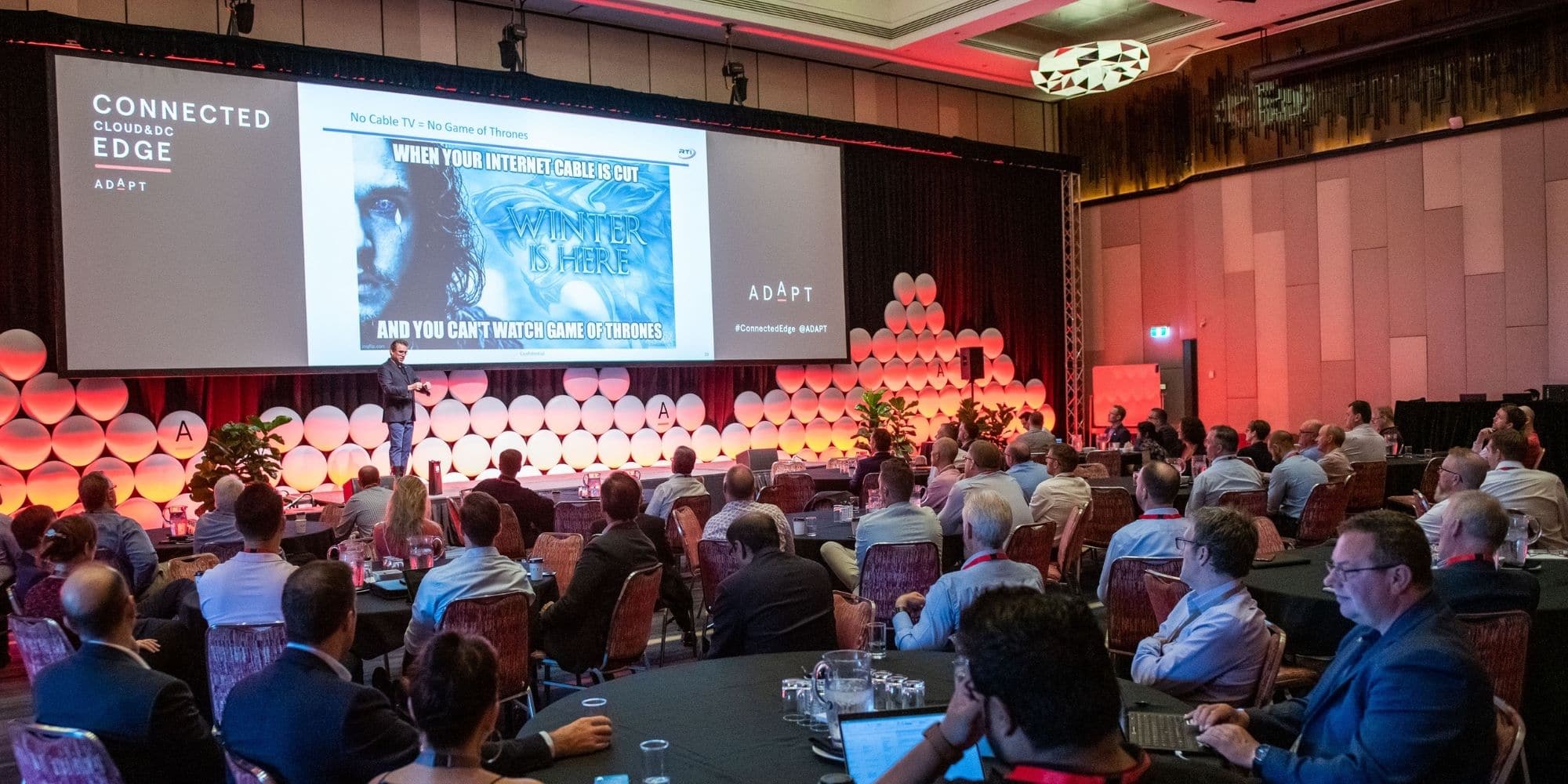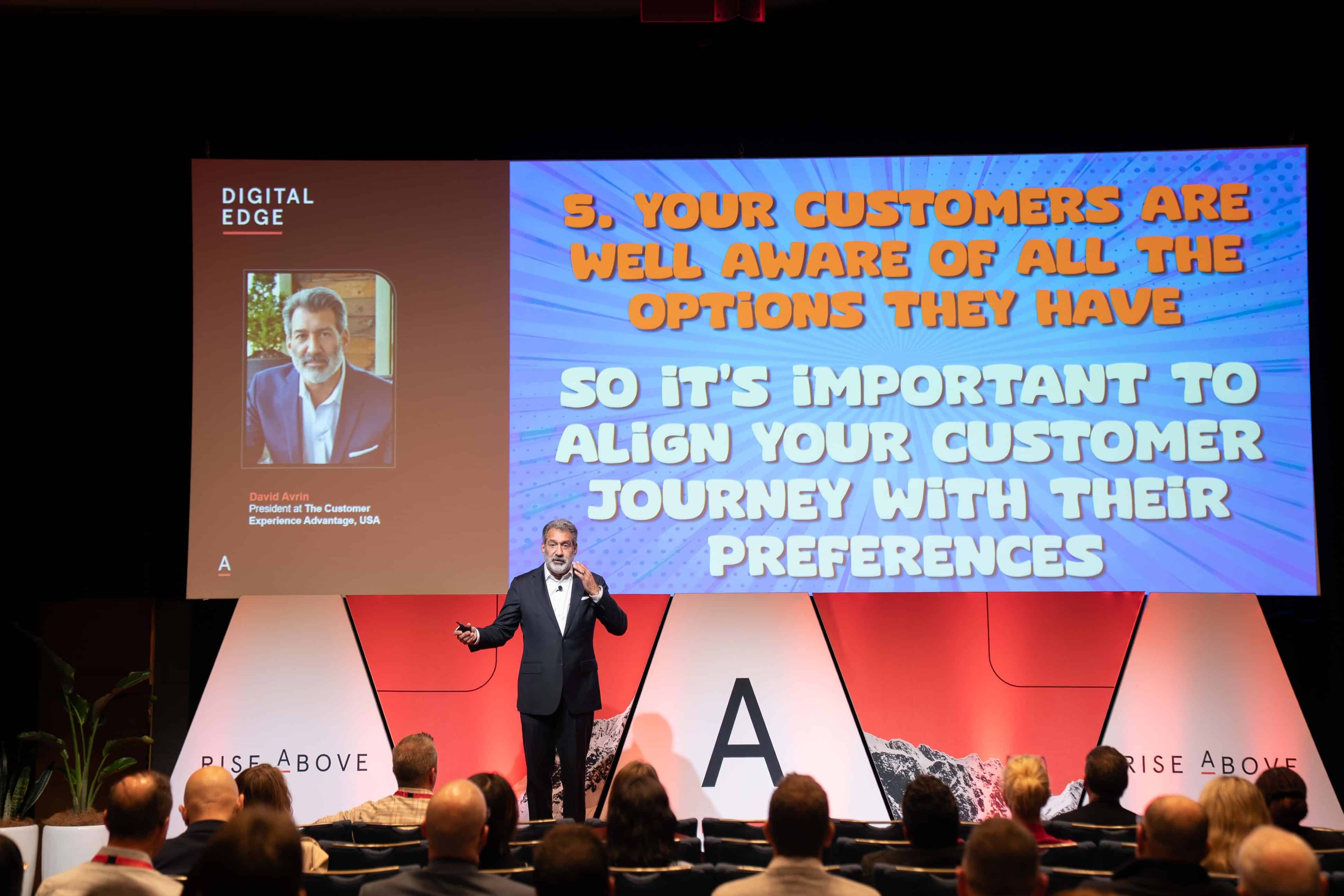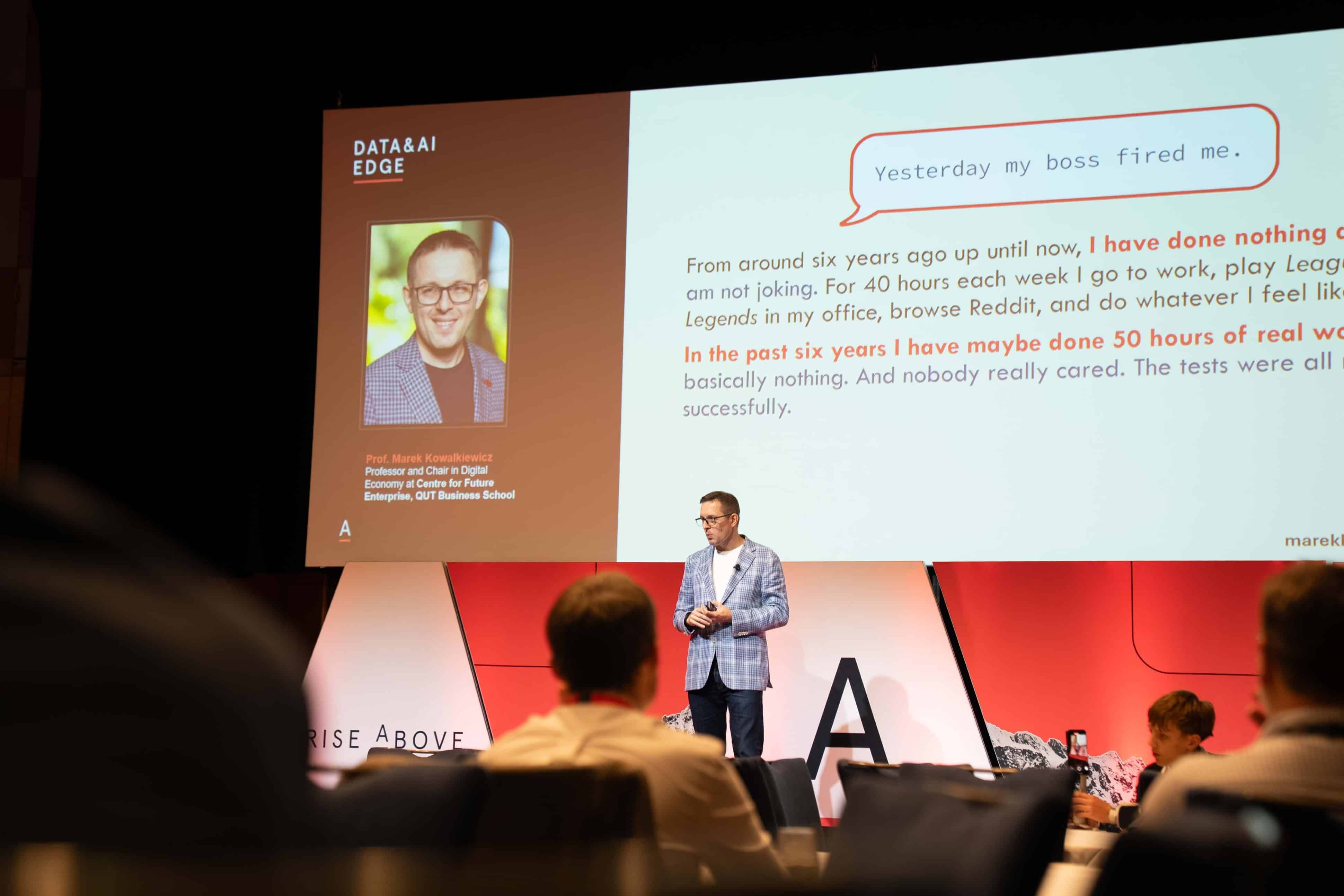Your Connectivity Is Only As Good As Our Subsea Cables
Cloud, data centres, data, resiliency, latency, connectivity and business continuity are only as good as the pipes we connect into and out of. Russ Matulich provides an entertaining and thought-provoking perspective on the role subsea cables play (the pipes).It’s all about delivering something to the edge, delivering something to that last mile, at a pace where people want it yesterday, people want it so quickly. They can’t contemplate that it might already be there!”
To unlock the full presentation video and access an entire catalogue of ADAPT’s expert presentations, localised research, case studies, downloadable data and community interviews, speak with a Senior Research Consultant today.
Keynote Focus:
Cloud, data centres, data, resiliency, latency, connectivity and business continuity are only as good as the pipes we connect into and out of. Speaking at ADAPT’s Connected Cloud & DC Edge conference, Russ Matulich provides an entertaining and thought-provoking perspective on the role subsea cables play (the pipes).
Key Findings:
Connectivity takes centre stage
Organisations are under increasing pressure to deliver, reliable, fast and cost-effective connectivity to edge devices and their increasing bandwidth requirements.
The importance of translating tech talk into board speak
As a city/property developer, articulating the technology components to the board is difficult. Explaining what a fibre network is and why it is important, to a non-tech savvy board is challenging to say the least.
We have so much data, but how do we make sense of it all?
As our devices get more sophisticated, they will create larger and larger datasets, wherever our data is, how we manage it comes down to how quickly we can access it.
Cables – business continuity’s weakest link
When we only had one cable between Guam and Saipan, our gateway to the world, cable resiliency was our weakest link. A single cable shunt fault resulted in no airports, no cash, no checks, no transactions.
Key Advice:
- Data centre locations in Australia can live or die on how close they are to the most efficient routes into and out of the country.
- The first fibre optic cable has landed outside of the Sydney landing zone into the Sunshine Coast, consider what that means to you in terms of where you locate core assets.
- More data from Australia go to the west coast of the US first and then comes back again. Over 50% then goes to Asia somewhere in Asia, look for connectivity that makes the most sense.
To unlock the full presentation video and access an entire catalogue of ADAPT’s expert presentations, localised research, case studies, downloadable data and community interviews, speak with a Senior Research Consultant today.




























